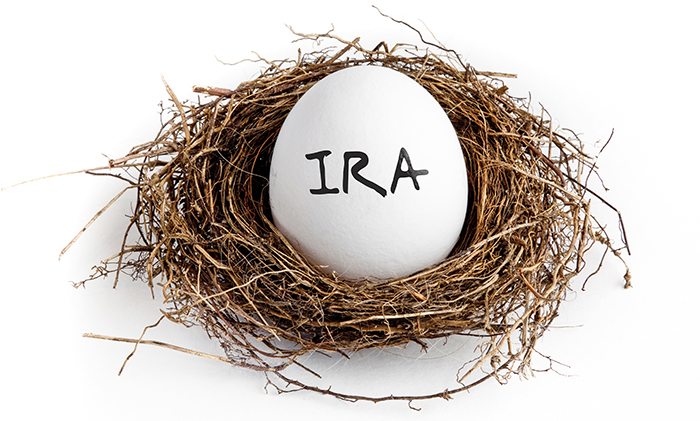Do you know the difference between a traditional vs Roth IRA? More than half of all Americans don’t—and admittedly the two can be confusing. Both types of IRAs function similarly.
- You can only contribute $5,500 a year
- You can only withdraw money before you turn 59 ½ in special circumstances (i.e. buying your first house or to pay expensive medical bills).
So Really, Let’s Look at Traditional vs Roth IRA:
The big difference between a Roth and traditional IRA comes down to when your contributed money is taxed.
Traditional IRA- Taxes are taken out when you withdraw your savings in retirement, and your annual contributions can lower your tax bill. You deposit your money into the account in monthly increments and watch it grow. Then, when you turn 59 ½, you can withdraw your funds. The money is taxed after you take it out of the account.
Roth IRA- Taxes are taken before you put money in your account instead of when you take it out. You still contribute in monthly increments, but you pay your taxes at your current tax rate. A Roth IRA is a great option if you expect to get raises over your career and retire in a higher tax bracket than you are in now.
Income limits and where your employer plan fits in
Roth IRAs have an income limit. If you earn more than $133,000 in 2017, you are ineligible for a Roth, so you’ll need to switch to a traditional IRA. Traditional IRAs aren’t restricted by income, but if you have an employer-sponsored retirement account like a 401(k), your ability to deduct your IRA contributions will start to be restricted at $61,000.
Of course, if your employer matches your 401(k) contributions, you should invest there first. After all, that’s free money from your work!










